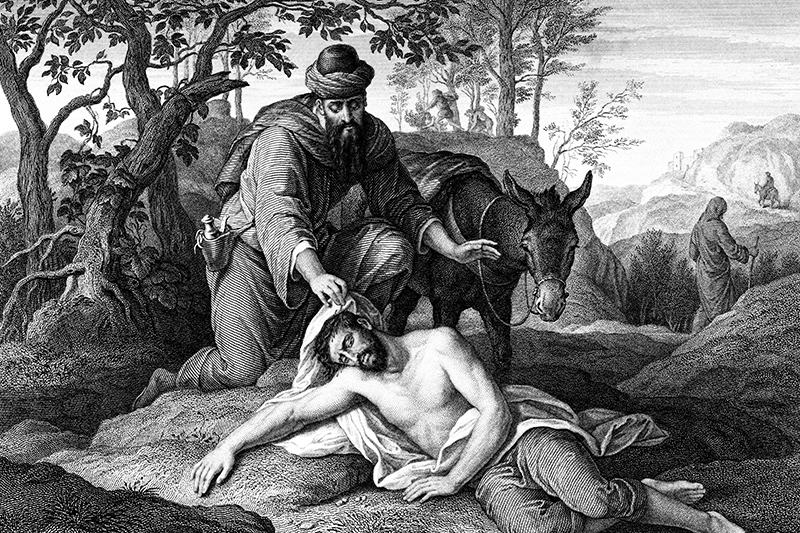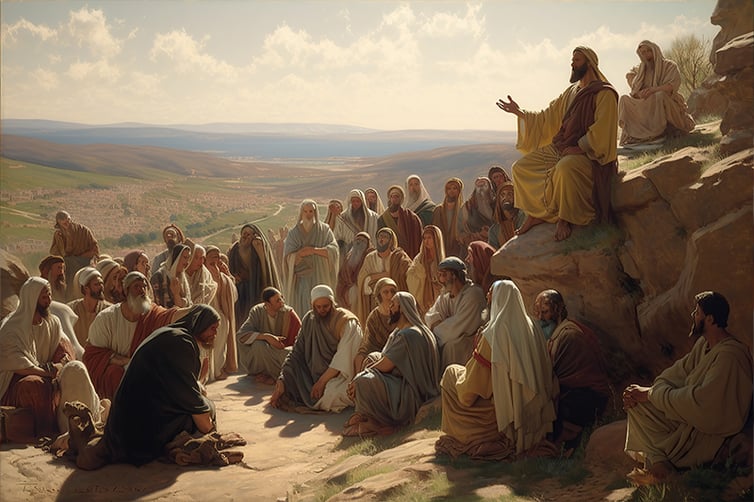In John 13:13, Jesus said, “You call me ‘Teacher’ and ‘Lord,’ and rightly so, for that is what I am.” Jesus Christ was an incredible teacher. His methods of teaching are powerful and applicable in many different areas of leadership. After all, it wasn’t simply what Jesus taught and did, but how he taught a radical message of love and forgiveness that changed the world.
The Setup
During Jesus’s ministry, the Pharisees and Sadducees were the two main sects of Judaism, but Jesus’s teaching style vastly differed and He directly challenged their beliefs. Instead of raising barriers to following and serving God, Jesus made God’s Word clear and easy to understand for all people. He went out to those who had been marginalized and rejected by the Pharisees and Sadducees. His approach was to humble himself and walk alongside others, making sure that He was both inclusive and accessible.
The Style
Instead of issuing a long list of strict rules and impossible standards as a method of teaching, Jesus often implemented two very valuable tools: parables and teachable moments. This allowed for his followers to think critically, giving them space and time to consider what the lessons meant to them specifically.
More than 30 times in the Bible we see that Jesus often answered questions with stories, or parables. We have many examples that include The Parable of Talents, The Parable of the Prodigal Son, The Parable of the Mustard Seed, and many more.

One of the most famous examples of a parable is that of the Good Samaritan. When Jesus told his followers to love their neighbors as they loved themselves, someone asked, “And who is my neighbor?” (Luke 10:29).
Jesus answered the question with the story of a Jewish traveler who was beaten and left for dead by a group of bandits. Both a Jewish priest and a Levite passed him, but a Samaritan helped him. The crowd Jesus was speaking to would have known the Jews and Samaritans hated each other deeply. However, despite his feelings about the other man, it was the Samaritan who acted as a true neighbor. By telling a story, Jesus refrained from establishing a rule and instead created a role for his followers to live out in their own lives.
Jesus also used many teachable moments. During His time on Earth, tax collectors were well known for being corrupt. Jesus sees a tax collector named Zaccheus in Luke 19 and tells him that he wants to be taken to his house. Those nearby are shocked that Jesus would want to spend time with a sinner.
In this moment, though, Zaccheus both held himself accountable for his actions and righted his wrongs by saying, “Look, Lord! Here and now I give half of my possessions to the poor, and if I have cheated anybody out of anything, I will pay back four times the amount,” (Luke 19:8). Jesus announced, “Today salvation has come to this house, because this man, too, is a son of Abraham. For the Son of Man came to seek and to save the lost.”
Jesus took this interaction with Zaccheus and turned it into a teachable moment for the entire crowd to make it clear that those who repent from their sin and follow Him are welcome in Heaven – no matter who they are.
The Sign-Off

The teachers who have the greatest impact on those around them are the ones who show they care – not only for the short period of time they are together but also caring deeply about their futures and long-term well-being. While Jesus never shied away from identifying sinful behavior, he also made it clear that those who were marginalized through no fault of their own were not to be condemned, and those who had sinned were offered forgiveness if they were willing to repent. He ended almost every one of his lessons and interactions with this message of love and salvation, demonstrating care and hope for them on the deepest level.
Staying Connected to the Great Teacher
In the Sermon on the Mount, Jesus tells us, “The student is not above the teacher, but everyone who is fully trained will be like their teacher,” (Luke 6:40). No matter how often you teach others, professionally or even relationally, it’s important to continually study how Jesus delivered His message. Consider how he includes others and makes himself accessible to all around Him, even those who were marginalized by other religious leaders.
Putting It All Together
The way Jesus lived and taught was — and continues to be — counter-cultural. Rather than standing at a distance, looking down at people and spouting off more rules to follow, He formed relationships and told stories. He related to others from a posture of servanthood and humility. He embraced the mess of the human condition and drew near to the outcasts. He was everything the religious leaders of His day were not — nothing like people expected the Messiah to be. He taught by example, leading with love and humility.
We can’t become more like Jesus through our own striving. We must continually ask the Holy Spirit to guide us, and we have to consistently create space to spend time with Jesus. The more we do, the more we learn about who He is — and who we are because of His love. And through our relationship with Him, Jesus will transform our hearts to become more like Him.
What is the most helpful teaching tool you learned from Jesus?
How do you implement Jesus’s teaching methods into your work and life?






